STEINEL Industrial Automation
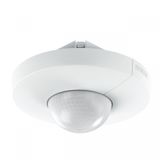

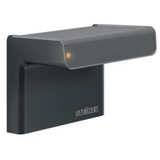



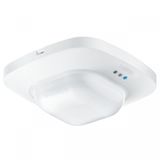
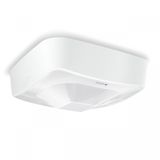
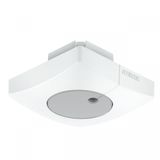
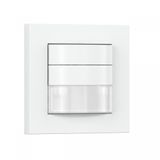

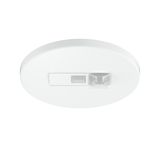
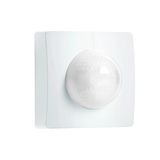

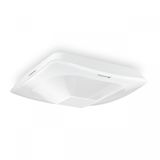
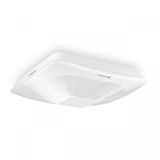
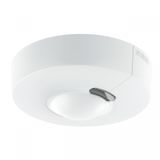

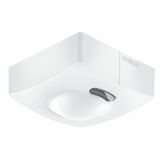
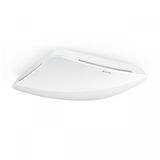



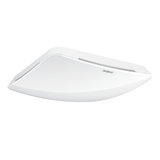
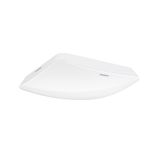
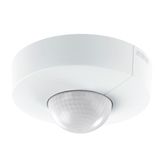

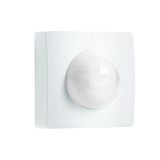
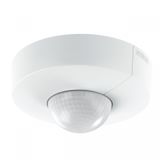
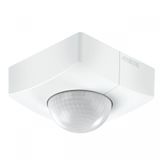
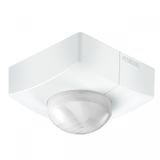


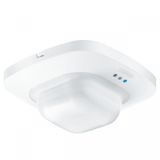
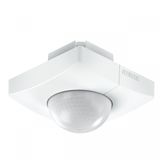
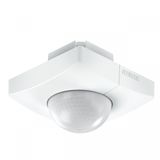
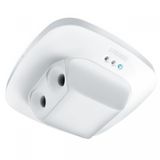
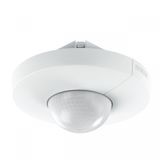
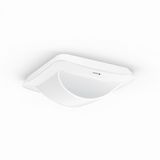
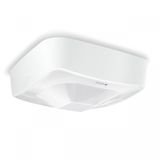


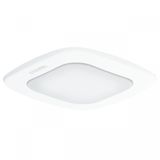
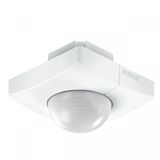
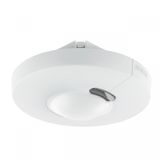
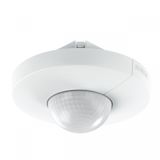

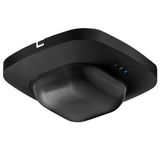
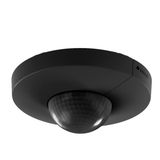
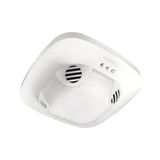
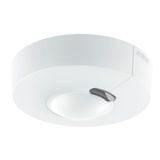
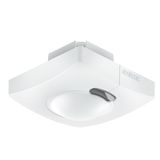
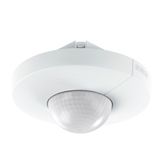

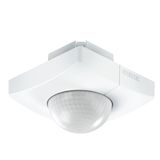
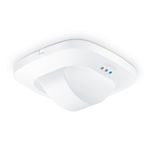

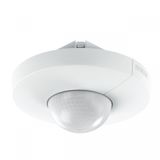

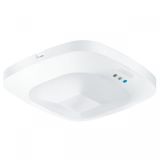
-
-
1
- 2
-
steinel automatics and control for professional lighting management
Steinel builds the logic layer that decides whether a lighting scheme saves energy or wastes maintenance time. The portfolio covers sensors, interface hardware, and group controllers tuned for EU projects on 230 V AC with DALI-2, KNX, and Bluetooth® mesh in the mix. Detection cones are stable, calibration steps are predictable, and installer workflows are quick: rotary dials for basics, app transfer for advanced parameters, and consistent terminal geometry. In practice, steinel automatics and control is what contractors use to keep corridors, classrooms, and plant areas responsive without daily tweaks.
steinel automation devices range and form factors
Mounting options stay consistent across ceiling, wall, and high-bay: flush 68–72 mm boxes, surface plates, and IP-sealed housings up to IP65. Lenses swap between 180° wall coverage and 360° ceiling patterns; HF heads support through-cover mounting where PIR would struggle. Inline controllers sit in canopies or gear trays; corridor units fit in narrow voids; high-bay versions tolerate 10–14 m mounting height with offset aiming. The steinel automation devices family uses common accessories—clip-in plates, spacer rings, and masking segments—to trim zones without re-locating boxes.
steinel motion sensors deployment and detection geometry
For traffic spaces and logistics runs, PIR is the first pick; HF helps where glass, partitions, or low-contrast movement defeats thermal detection. Typical figures: 8–12 m radial at 2.5–3.0 m height for offices; up to 20 m aisle length with corridor lenses; 30–120 s hold times for stairwells; walk-test mode with flashing feedback to confirm edges. Adjustable lux thresholds (5–1000 lx) hand daylighting to the sensor so luminaires dim rather than hard-off in bright zones. Using steinel motion sensors in parallel on long corridors is safe when relay outputs are interlocked or when a DALI scene is broadcast to avoid ping-pong triggering.
steinel lighting control systems interfaces and protocols
DALI-2 group control, broadcast modes, scene recall (up to 16 scenes), and daylight-harvesting curves come standard. Multi-master DALI lines support presence and light-level inputs from several nodes without collisions; power supplies run at 16 V with galvanic isolation. KNX variants expose occupancy, brightness, and channel states as datapoints for BMS logic. For small jobs, one controller with two channels handles up/downlight separately; larger floors rely on corridor functions with delay/gradient dimming. When a site mixes drivers, steinel lighting control systems absorb PWM, 1–10 V, and DALI in one rack so contractors don’t juggle extra gateways.
steinel smart lighting automation commissioning and tools
The app pushes parameter sets via Bluetooth® to devices already powered in the ceiling—no lifts twice. Import/export templates keep zoning consistent across floors; QR-based asset tags tie serials to drawings. OTA updates add profiles (e.g., classroom “presentation” vs “discussion”) without swapping hardware. Where networks are restricted, the same profiles are set by handheld IR remote. On retrofit programs, steinel smart lighting automation helps crews clone settings to replacement devices so the night shift can recover rooms without an engineer on site.
steinel presence detectors for offices and education
Micro-motion tracking at desk height keeps task lighting alive when occupants type or read. Ceiling 360° lenses cover 20–25 m² per head at 2.7–3.0 m; open-plan areas use a grid with 30 % overlap to eliminate dead zones around columns. Time-outs range from 10 s to 60 min with inhibit inputs for AV systems. When HVAC throws warm air across lenses, HF variants keep detection steady. In cellular offices, pairing steinel presence detectors with local DALI broadcast tightens control and avoids scene conflicts from neighboring rooms.
steinel control modules switching and dimming capacity
Relay blocks switch up to 2000 W resistive or 1000 VA inductive; inrush-rated versions tolerate LED driver peaks. Dimmer outputs cover DALI-2 (EN 62386-101/103/207), 1–10 V sinks per EN 60929, and PWM for specialty drivers. Surge protection of 2 kV L-N is typical; operating range −25…+50 °C; housings pass glow-wire 650 °C; ingress protection from IP20 (voids) to IP54/IP65 for semi-exposed areas. Terminals accept 0.5…2.5 mm² copper, screw or push-in cages; cable relief is molded to prevent creep in suspended roses. In mixed load banks, putting steinel control modules upstream of emergency inverters preserves test routines and avoids nuisance trips.
Applications and compatibility in commercial buildings
Apartments and hotels lean on compact ceiling sensors with clean bezels; offices use corridor functions tied to daylight bands; retail demands fast re-strike without hunting; plant rooms need gasketed housings and stainless fixings. HF should be avoided near thin metal cladding that can shift the field; PIR is preferred near glazing with strong solar gain. KNX gateways feed occupancy to HVAC; DALI-2 ensures driver-level feedback for maintenance. IP54/65 bodies suit canopies and loading docks; for high-bay racking, narrow-beam lenses keep activations to the working aisle.
Integration with other Steinel products
Tie sensors to Steinel luminaires and floodlights where factory-fitted drivers accept DALI broadcast. Use the brand’s corridor profiles with emergency-lighting test schedules so night-time drills don’t reset occupancy logic. Outdoor façades benefit from UV-stable housings and stainless steel brackets; indoor ceilings take the low-profile bezels that sit flush with 12.5 mm boards. For mixed-vendor floors, DALI-2 certification preserves interoperability; KNX lines hand state to the BMS without custom scripting.
Selection criteria for B2B clients
Start with mounting height and zone size, then pick PIR or HF based on movement type. Fix the control interface early—DALI-2 where luminaires are addressable, 1–10 V where legacy drivers remain. Set detection overlap at ~30 % for presence; 10–15 % for motion. Standardize head style and bezel color to simplify maintenance. Confirm inrush on driver banks and choose relays accordingly. Where cabling is limited, use corridor broadcast with daylighting; where analytics matter, use addressed DALI to log run-hours and failures.
Advantages of working with Bankoflamps for Steinel projects
You get B2B pricing aligned to room schedules and real-time EU stock before crews are booked. Quotes land in about an hour with EAN/MPN so variants stay fixed. The portal shows lead times, shipment status, and downloadable price lists with stable validity windows. Approved accounts can use post-payment up to 30 days. We consolidate partials to cut freight, and a dedicated account manager cross-checks cap/base choices, cut-out diameters, bracket geometry, connector poles, gland threads, gasket sets, and strain-relief sizes against your drawings so cartons arrive site-ready.